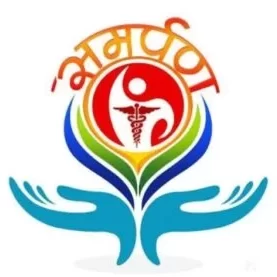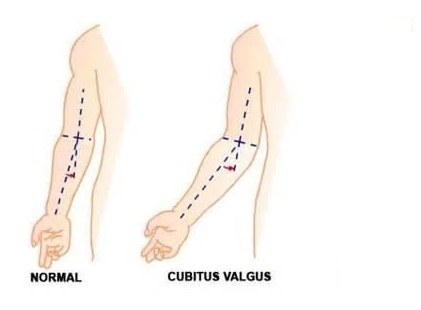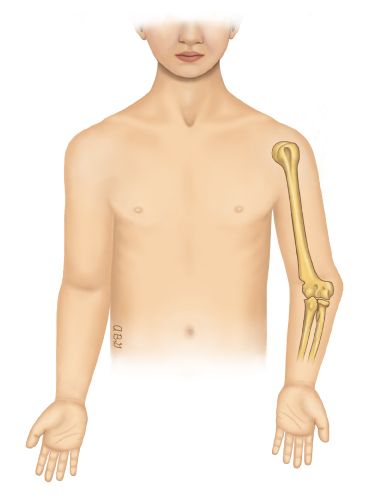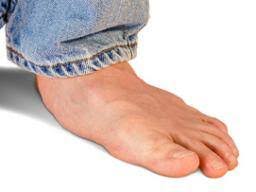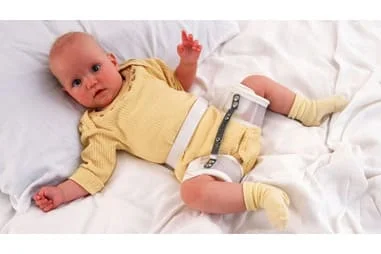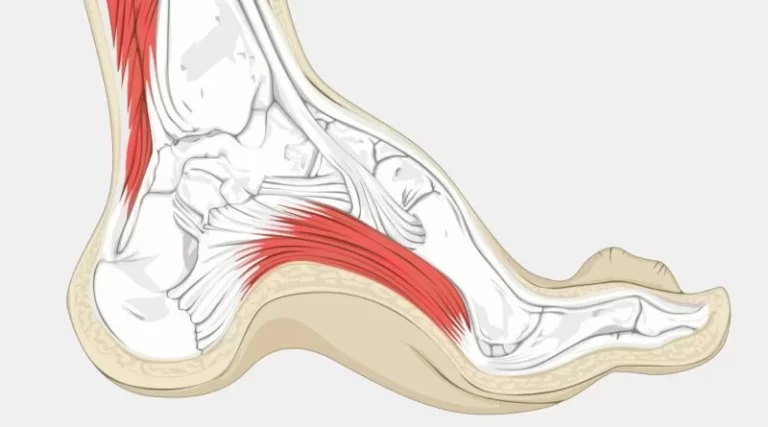Physiotherapy exercises for the Scoliosis
Physiotherapy is the treatment of disease and injury involving the muscular and skeletal systems. It is often used to reduce pain and increase mobility in patients with scoliosis. Physiotherapy exercises can be used both to strengthen the muscles that support the spine and to improve the posture and movement of the spine itself. They can…
